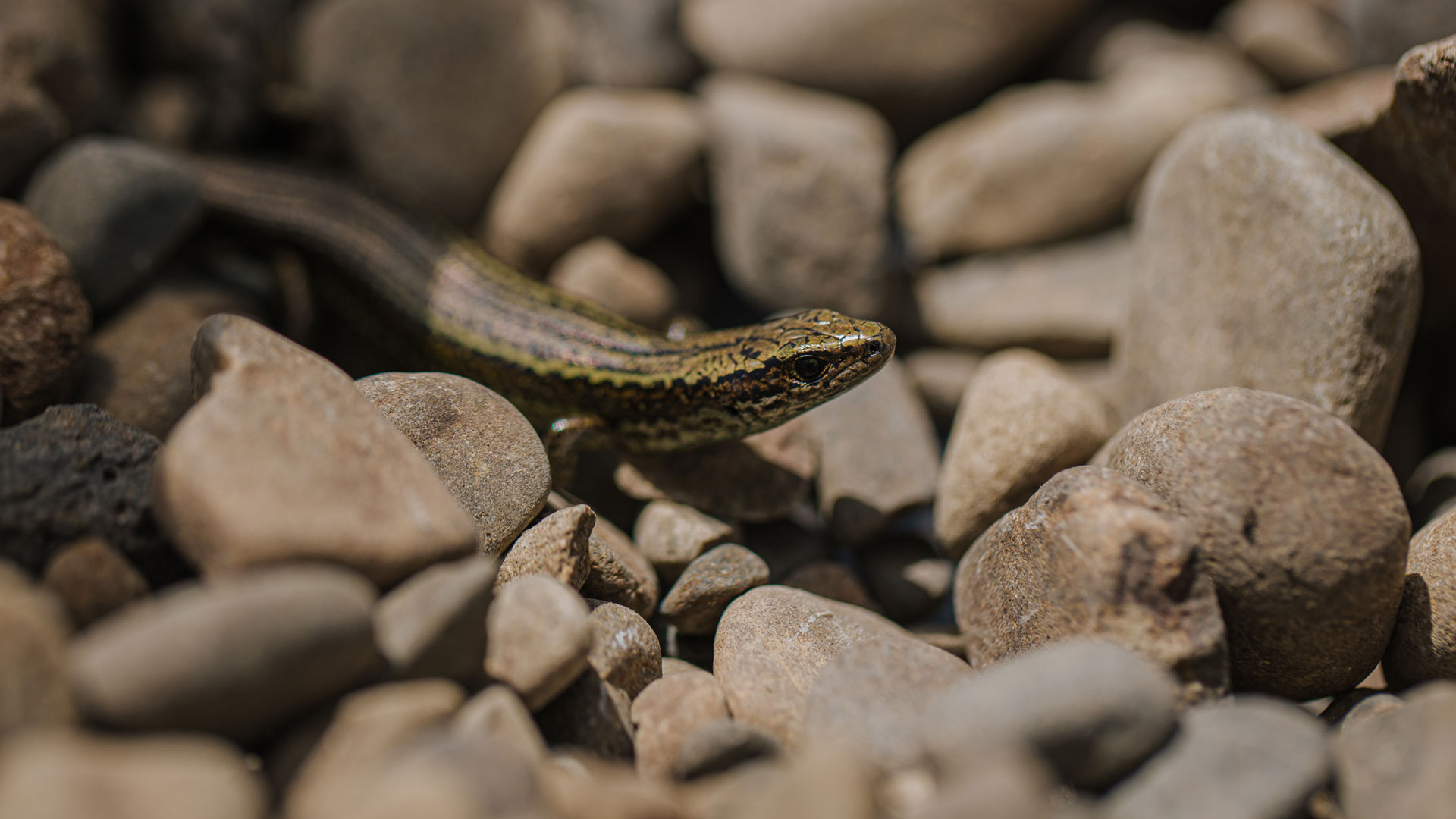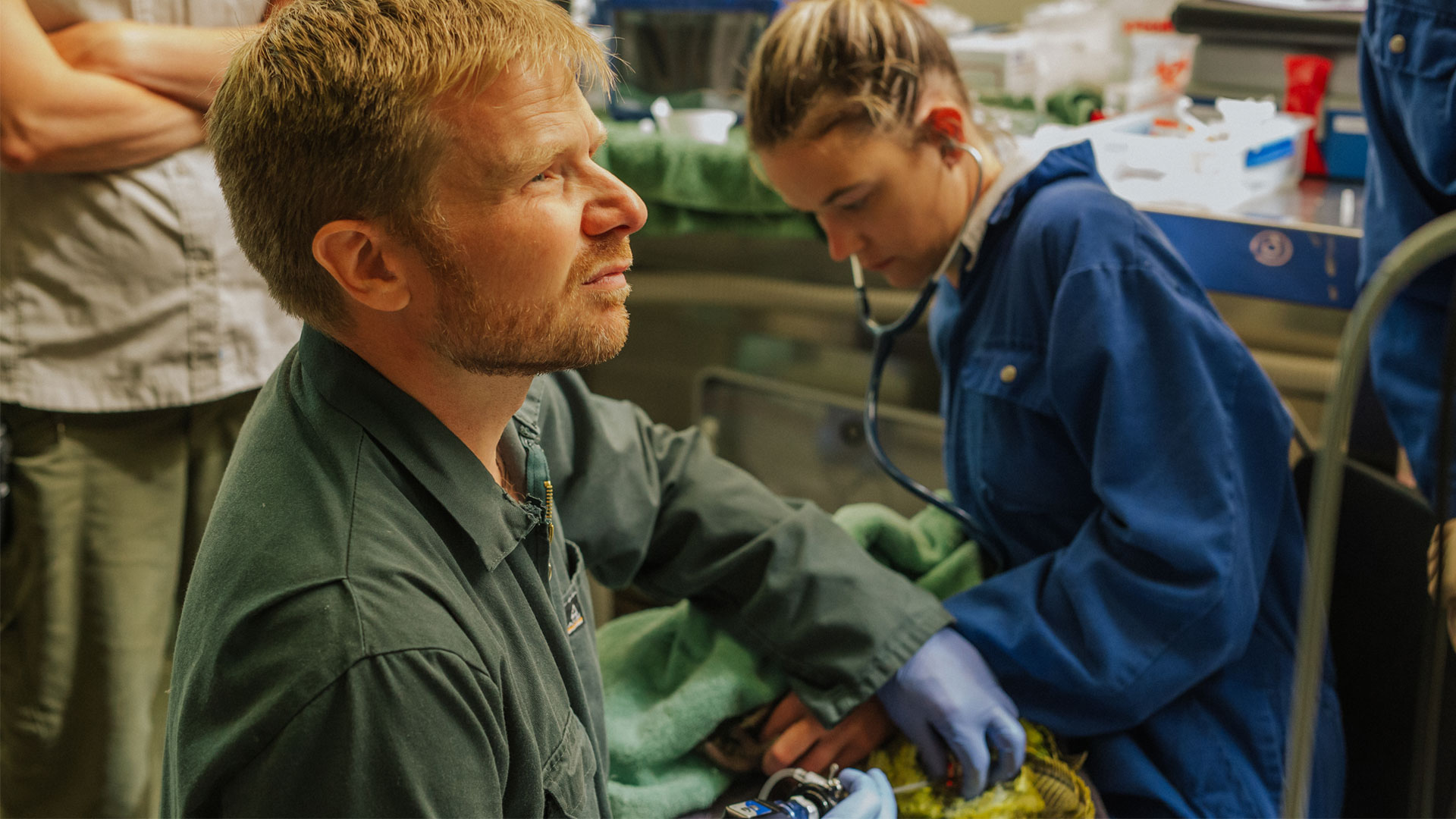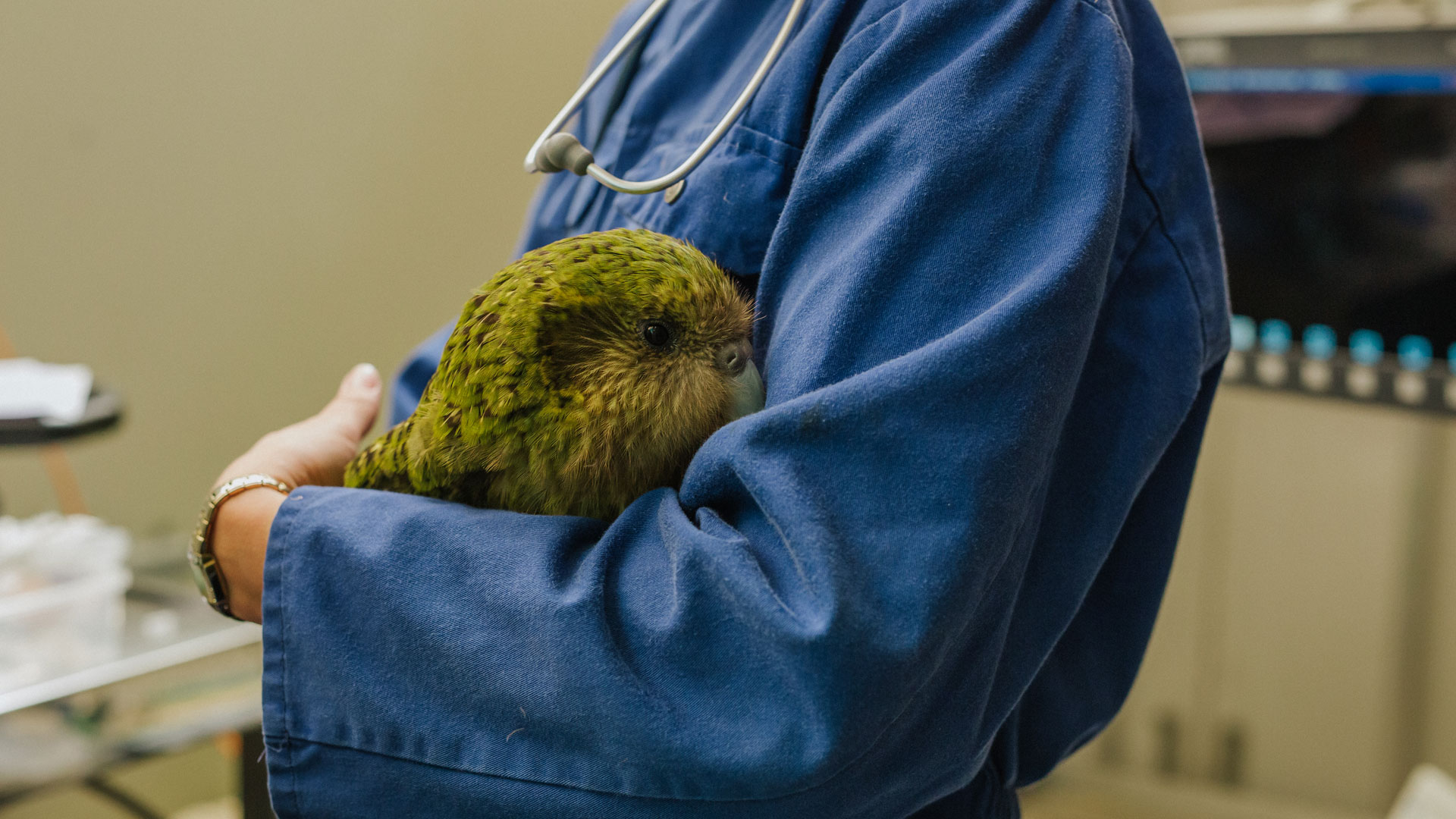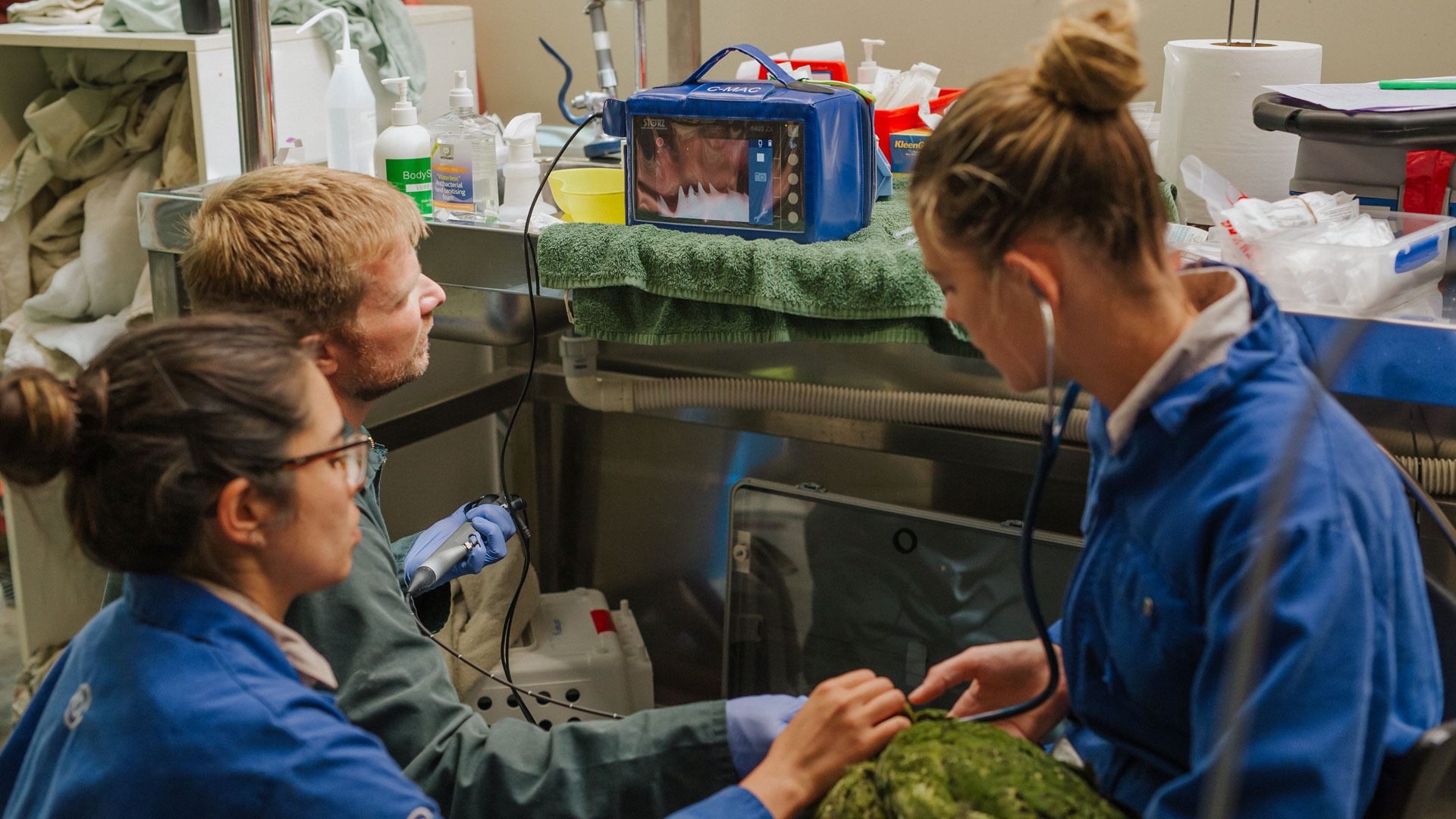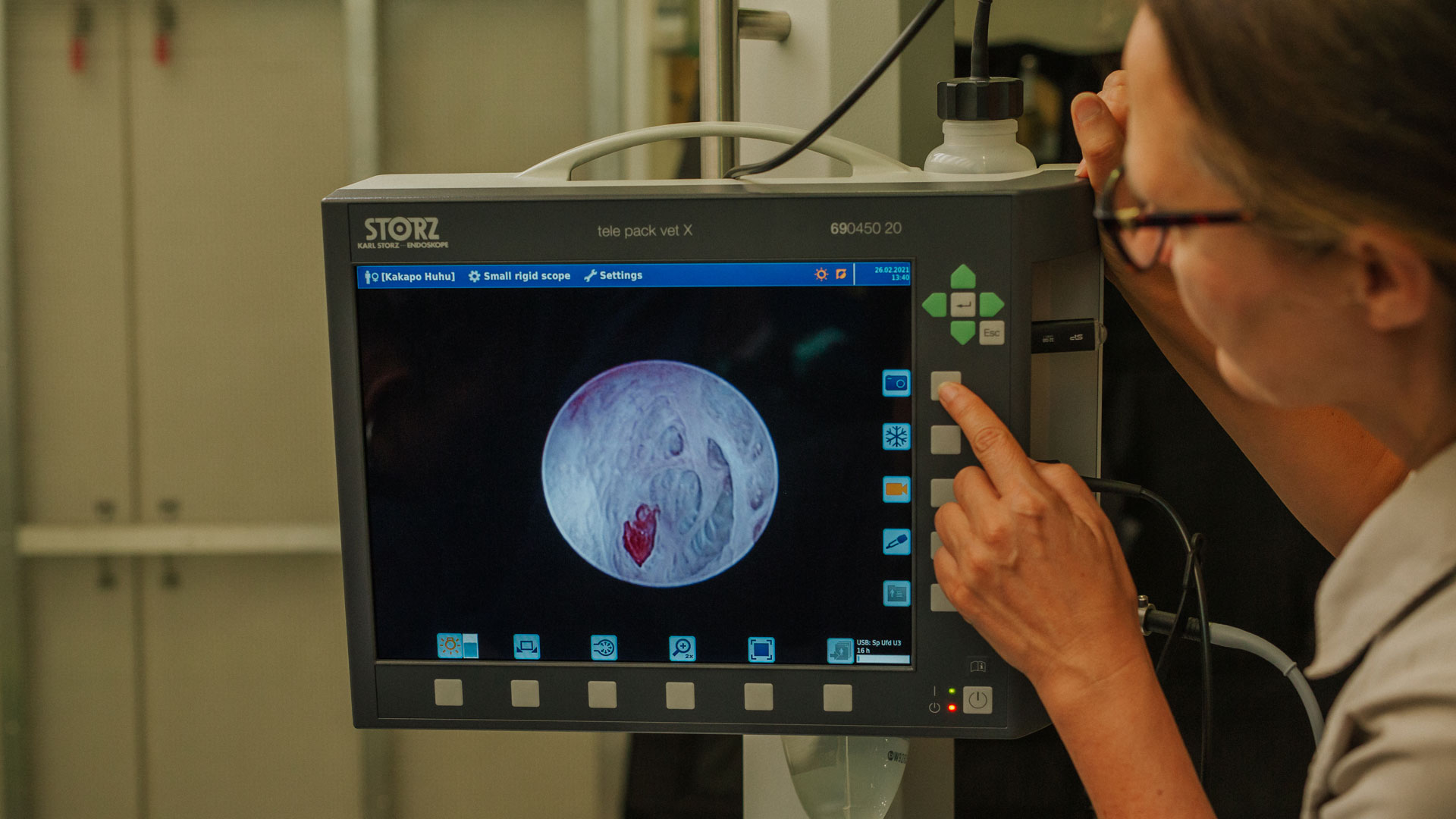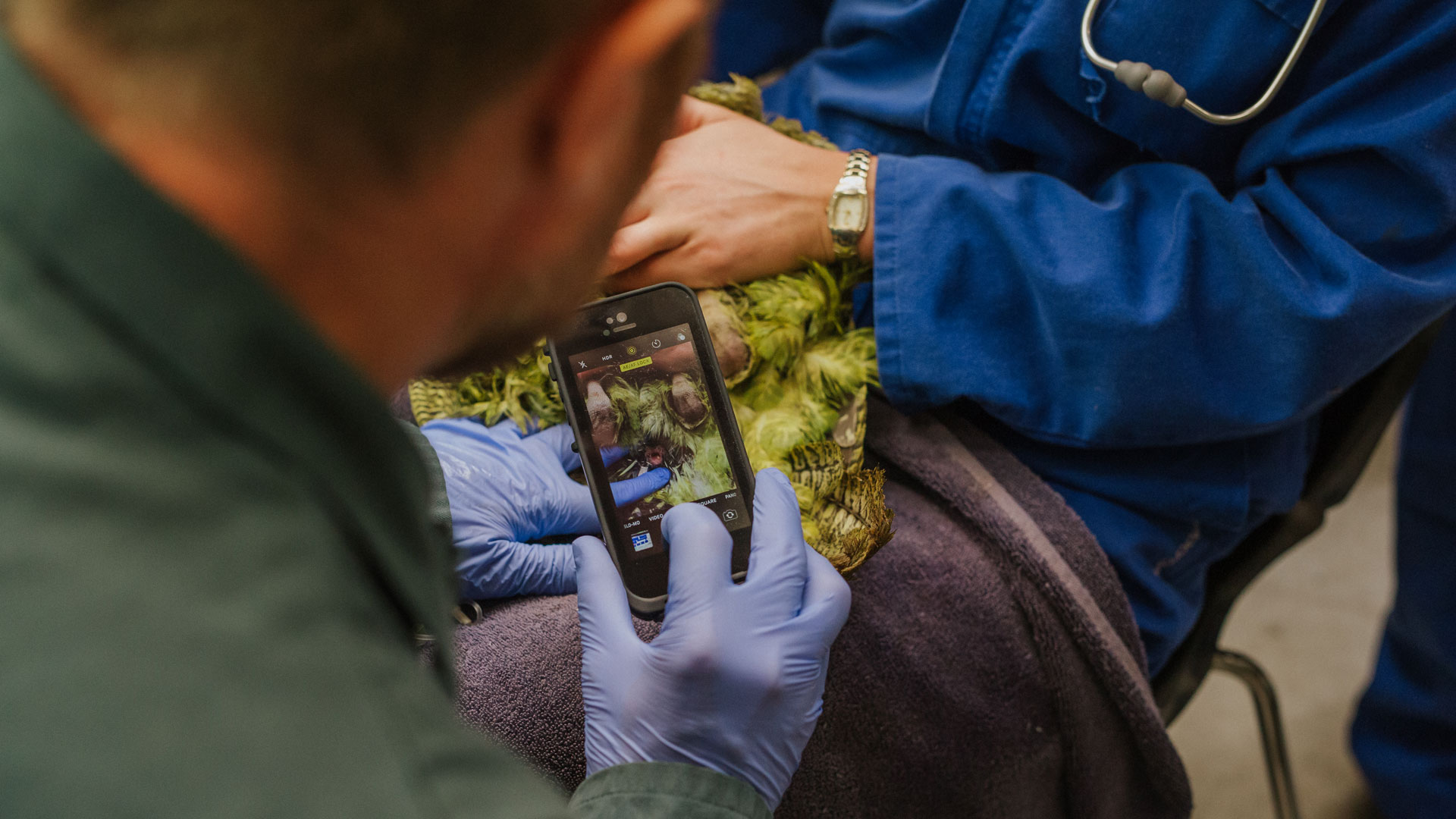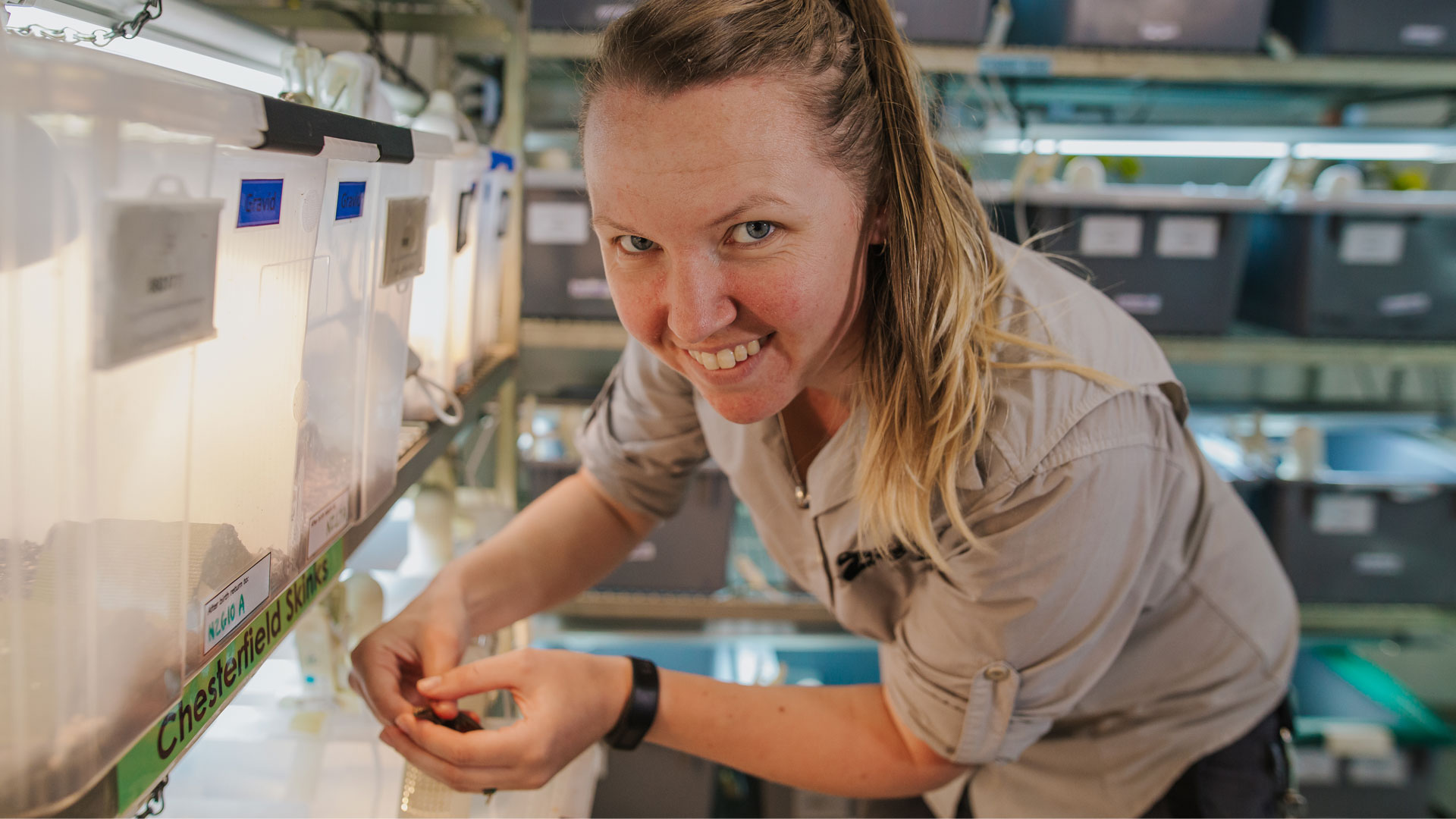“As a conservation science organisation, the Zoo’s animal research, be it here on site or out in the wild, is ultimately all about helping to conserve wildlife in wild places, primarily Aotearoa’s own threatened taonga species,” says Auckland Zoo’s Head of Animal Care & Conservation, Richard Gibson.
“This agreement is a really exciting step forward in Aotearoa, and we’re really proud to be part of it along with the other signatories, - a number of whom we work with closely. It highlights the value and importance of engaging with tangata whenua and of being transparent when animals are involved in research – so that everyone can understand how and why research is being carried out, the importance of the work being done, and be reassured that the methodologies used ensure the animals’ best welfare.
“We can’t save any species unless we truly understand it! This is key to many of the research projects that Auckland Zoo is undertaking. These range from natural history studies in the wild on the newly described northern striped gecko, to zoo-based studies on dietary preferences of the critically endangered cobble and Kapitia skinks to understanding the origin, impact and treatment of aspergillosis and cloacitis in kākāpō,” says Gibson.



